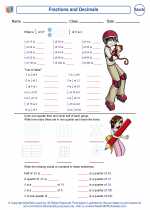Irrational Numbers
An irrational number is a real number that cannot be expressed as a fraction of two integers and also cannot be written as a terminating or repeating decimal. In other words, irrational numbers cannot be written in the form a/b, where a and b are integers and b is not equal to 0.
Examples of irrational numbers include the square root of non-perfect squares, such as √2, √3, and √5. Another famous irrational number is π (pi), which represents the ratio of the circumference of a circle to its diameter.
When irrational numbers are expressed as decimals, they go on forever without repeating. For example, the decimal representation of √2 is 1.4142135623730950488016887242097… and it never repeats or terminates.
It's important to note that not all real numbers are irrational. Rational numbers, which can be expressed as fractions, are a subset of real numbers that include integers, fractions, and terminating or repeating decimals.
Understanding irrational numbers is important in mathematics, as they play a crucial role in various mathematical concepts and applications, such as geometry, trigonometry, and calculus.
Overall, irrational numbers are an essential part of the real number system, and they introduce unique and non-repeating patterns that contribute to the richness and diversity of numbers in mathematics.
.◂Math Worksheets and Study Guides Third Grade. Fractions
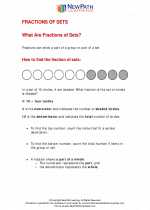
 Worksheet/Answer key
Worksheet/Answer key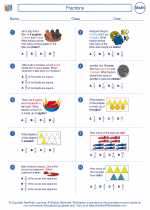
 Worksheet/Answer key
Worksheet/Answer key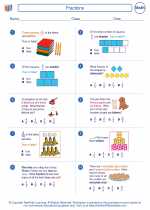
 Worksheet/Answer key
Worksheet/Answer key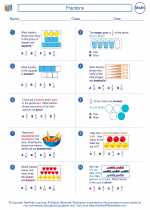
 Worksheet/Answer key
Worksheet/Answer key
 Worksheet/Answer key
Worksheet/Answer key
 Worksheet/Answer key
Worksheet/Answer key